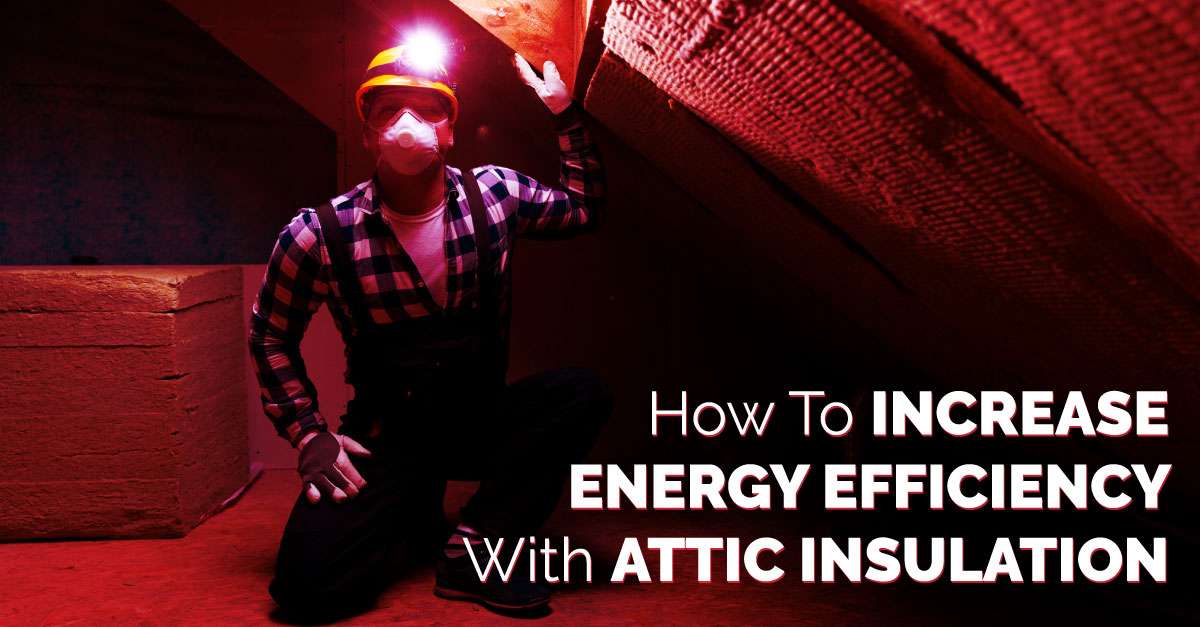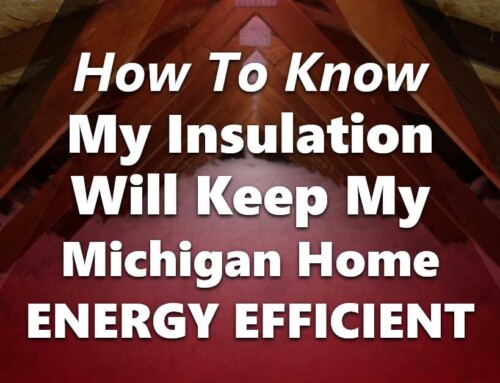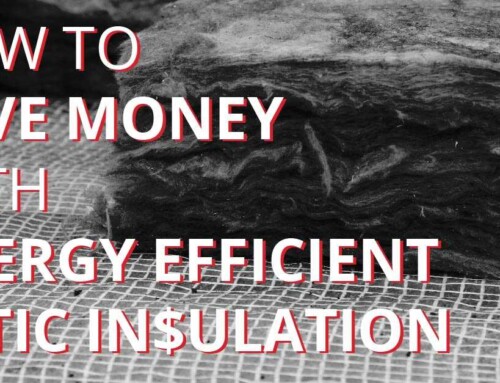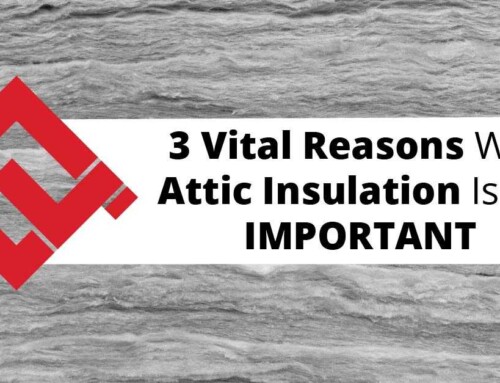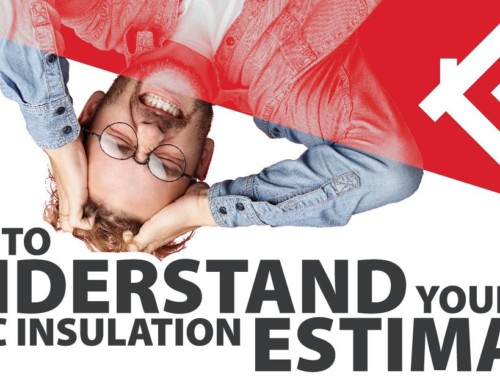Having the proper attic insulation increases your home’s energy efficiency, but how? It’s science, really: convection, conduction, and radiation. Those are the only ways thermal energy (heat) can move in and out of your Michigan home. Learn how to increase your home’s energy efficiency without overspending.
Recommended R-Value for Michigan Attics
Michigan is unique among the 48 contiguous states. It has three different energy zones on the federal Energy Star “recommended insulation” map. If you live in the U.P., for example, you are in Zone 7. Cadillac? Zone 6. Kalamazoo? Zone 5.
Where you are in Michigan, though, does not matter — all three zones call for the same attic insulation:
- R49 to R60 new insulation in an uninsulated attic
- R38 to R49 new insulation added to three to four inches of existing insulation
This recommendation optimizes energy efficiency and investment costs since no insulation is free. Why spend money unnecessarily if it adds little to no benefit, after all?
Check Your Attic
A careful homeowner can check the attic insulation energy efficiency before enlisting the help of professional insulation installers. You may need a flashlight, but nothing else is really needed.
You may wish to avoid walking (or crawling, or stooping over awkwardly) in your attic. You can still learn about your attic from the access ladder or stairway, without actually climbing around in the small confines.
Look at the joists (the horizontal wood structural members spanning the walls of your home). If you can see the joists, you probably have insufficient insulation! If you can see the top of the drywall that forms your home’s ceiling, you have no insulation.
Three Ways
Heat escapes your Michigan home by traveling through the air (convection), through solid materials like drywall and joists (conduction) or by energy waves (radiation). R-values refer to the resistance to heat transfer of a given material. Insulation in your attic does not stop radiation, convection or conduction – it slows it down, which saves you money!
Any insulation works because it provides an inefficient way for heat to escape. Fiberglass and cellulose trap millions of air pockets, which means heat has to travel by hopping from one air pocket to the next — very inefficient and slow! Most insulation materials do the same thing, leaving most of your expensively heated (or cooled) air inside your living space.
Any path the air can take, it will. Small gaps, like around windows and doors, steal dollars from you. In the summer, hot air penetrates your home’s energy envelope. In winter, warm inside air escapes outside.
Your goal is to add insulation in the attic, weatherstrip around windows and doors, and lower your energy bill without increasing your insulation bill too much.
Too Much!
If R49 is good, you might think R98 would be twice as good. It is not. Why? Because the energy bill savings has to be balanced against the rising cost of adding so much insulation.
So how much attic insulation is too much? Start with the Energy Star recommendations. In an attic already insulated with bare-bones rolls of fiberglass batts, skillfully blown-in R38 could be sufficient. Going all the way up to R49 may not give back enough savings to make the installation cost-effective.
Modern Methods
Once upon a time, actual newspapers often served as attic insulation and wall insulation in the hands of “clever” do-it-yourselfers. Aside from the fire risk, newspapers are not very efficient. The cellulose is a good idea, but it works better when fluffed up, like cotton balls.
That is part of the secret behind today’s modern methods of blowing in fluffy, energy-efficient attic insulation. When trained on difficult-to-reach nooks and crannies in Michigan attics, the installation blower can place this insulation perfectly, sealing up those tiny holes and putting a stop to energy bandits.
When operated by a trained, professional insulation installer, this blown-in fiberglass insulation remains fluffy and full of air pockets. Contrast that with fiberglass batts. When rolled batts of fiberglass are laid down, they often get crushed, reducing their energy efficiency.
Once blown into place, fluffy fiberglass insulation will sit quietly for decades, preventing heat loss or summer heat infiltration. You will see savings month after month, year-round, on your energy bills.
Trust trained insulation professionals to do the optimum attic insulation job for you. Trust Victors Roofing, because we know roofs and what’s under them — attics! Contact us today to learn how our blown-in fiberglass insulation can boost your Michigan home’s energy efficiency. We balance installation expenses with anticipated energy savings to help you select the ideal amount of attic insulation. A one-time cost for materials, labor and installation will return money to you year after year through energy savings.


